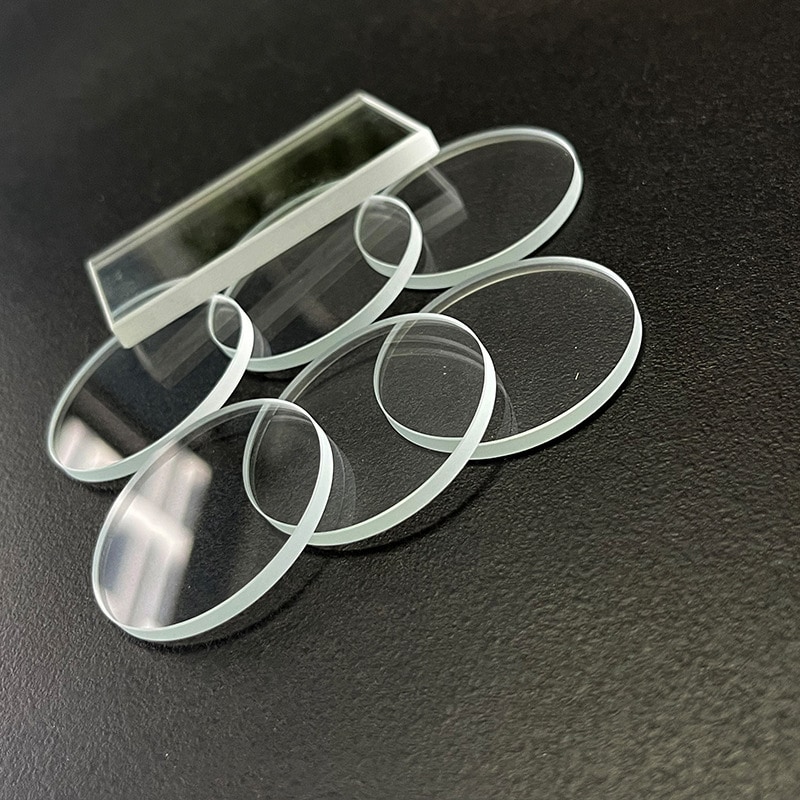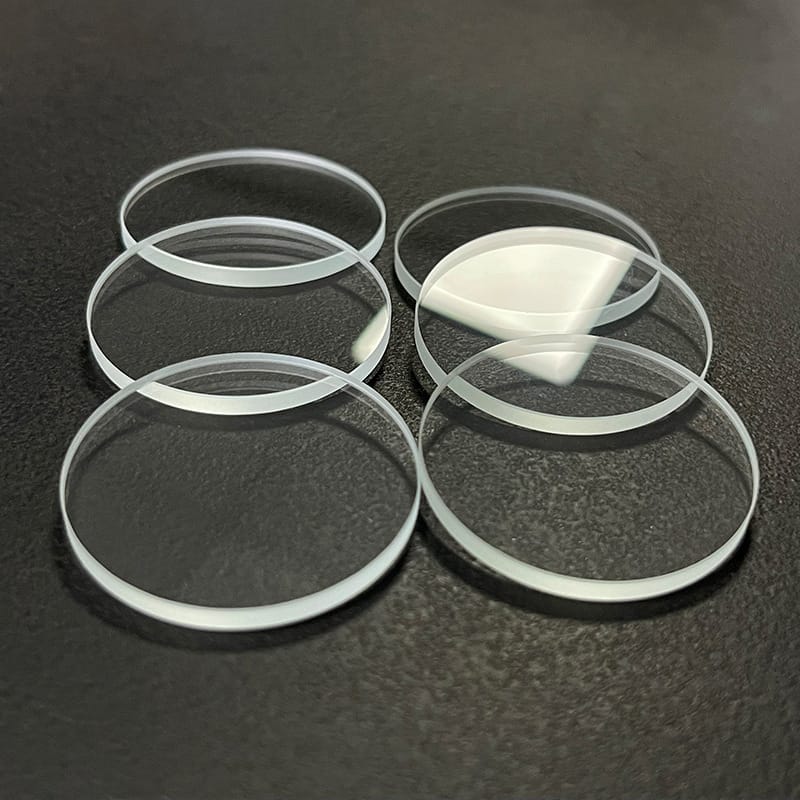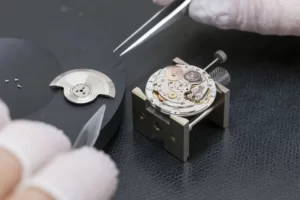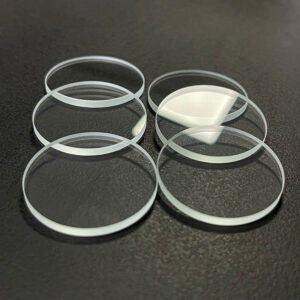Pernahkah anda terfikir tentang kelemahan kaca nilam?
Memahami batasannya adalah penting untuk membuat keputusan termaklum tentang penggunaannya.
Let’s delve into the disadvantages of sapphire glass and explore potential solutions.
Although sapphire glass offers many advantages, it also has several disadvantages that may limit its use in certain applications.
Some of the main drawbacks of sapphire glass include:

Cost:
The production cost of sapphire glass is higher compared to other types of glass or transparent materials. The process of growing synthetic sapphire crystals is complex and time-consuming, involving high temperatures, specialized equipment, and precise control of growth conditions, which increases production costs. Therefore, sapphire glass is often more expensive than traditional glass or other transparent materials, making its cost-effectiveness lower in some applications.
Brittle Nature:
Despite its high hardness, sapphire glass is relatively brittle compared to materials like tempered glass. Under certain conditions, sapphire glass is prone to fracture or breakage, especially when subjected to significant impact or pressure. This brittleness makes sapphire glass more susceptible to damage in applications involving high impact forces or mechanical stress.
Difficulty in Processing:
Sapphire glass is more challenging to process compared to other materials. It is a crystalline material that requires specialized cutting, grinding, and polishing techniques, which can be more time-consuming and expensive. Additionally, sapphire glass is difficult to bond or join, which may limit its use in applications requiring bonding or sealing.
Limited Size and Thickness:
Due to the challenges in growing large and thick sapphire crystals, the size and thickness of sapphire glass are relatively limited. Compared to traditional glass, sapphire glass typically has smaller dimensions and thinner thicknesses, which may not be suitable for some applications requiring larger or thicker glass components.

Weight:
Sapphire glass has a higher density than traditional glass, meaning it can be heavier for a given size and thickness. This may be a disadvantage in weight-sensitive applications or when designing lightweight devices, where the weight of sapphire glass needs to be considered.
More Energy-Intensive Production:
The production of synthetic sapphire crystals used for sapphire glass requires high temperatures and energy-intensive processes, which may result in higher energy consumption and environmental impact compared to other materials. This may be a concern for applications or industries with environmental considerations.
Reflectance Without Anti-Reflective (AR) Coating:
Sapphire glass has a relatively high refractive index, which can lead to significant reflection on its surface without proper anti-reflective (AR) coating. This may result in unnecessary reflection or glare in certain applications, such as displays or optical lenses, requiring additional AR coatings to mitigate this issue.
While sapphire glass offers many advantages, it also has several drawbacks, including higher cost, brittleness, processing difficulties, limited size and thickness, weight, more energy-intensive production, and reflectance without AR coating. When evaluating the suitability of sapphire glass for specific applications, these limitations need to be considered, and alternative materials may be preferred based on the requirements and constraints of the application.



